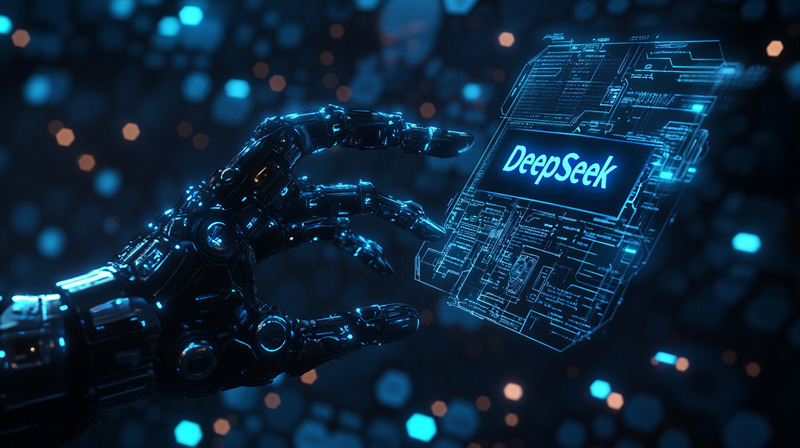OpenAI recently announced the release of its latest image generation capabilities via API, enabling developers to integrate this advanced technology into various applications and services. This news undoubtedly presents a new opportunity for developers, especially in the fields of image processing and creation.

The newly launched image generation model, named "gpt-image-1," is powered by the same technology behind ChatGPT's image generation capabilities. Since its launch at the end of March this year, users have been able to create realistic Ghibli-style images and various "AI avatars." This feature quickly attracted millions of new users to ChatGPT after its launch, putting immense pressure on OpenAI's servers. In the first week alone, over 130 million users created more than 700 million images.
gpt-image-1 is a native multimodal model capable of generating images in various styles. Developers can use the model to generate multiple images simultaneously and flexibly control the quality of the generated images to adjust the generation speed. Notably, gpt-image-1 incorporates the same "safety rails" as ChatGPT to restrict the model from generating content that violates company policies. Furthermore, developers can adjust the sensitivity of content moderation according to their needs, choosing an "automatic" mode for standard filtering or a "low" mode for more lenient content review.
OpenAI emphasizes that all images generated through gpt-image-1 will be embedded with C2PA metadata watermarks, allowing supported platforms and applications to easily identify AI-generated images. In terms of pricing, gpt-image-1 offers a relatively reasonable pricing structure: $5 per million tokens for text input, $10 per million tokens for image input, and $40 per million tokens for image output. This means that generating low, medium, and high-quality square images costs approximately 2 cents, 7 cents, and 19 cents per image respectively, or roughly 0.15 yuan, 0.51 yuan, and 1.4 yuan in Chinese currency.
Several companies have already started using or testing gpt-image-1, including Adobe, Airtable, Wix, Instacart, GoDaddy, Canva, and Figma. For example, the Figma design platform allows users to generate and edit images using this model, while Instacart is testing its use for generating images for recipes and shopping lists. The launch of this new technology marks another significant advancement in the field of AI image generation.
Key Highlights:
🌟 OpenAI launches the gpt-image-1 image generation API, allowing developers to easily integrate it into their applications.
🖼️ Users generated over 700 million images in the first week of the new feature's launch, attracting millions of new users.
💰 gpt-image-1's image generation costs are reasonable, as low as 2 cents per image.









